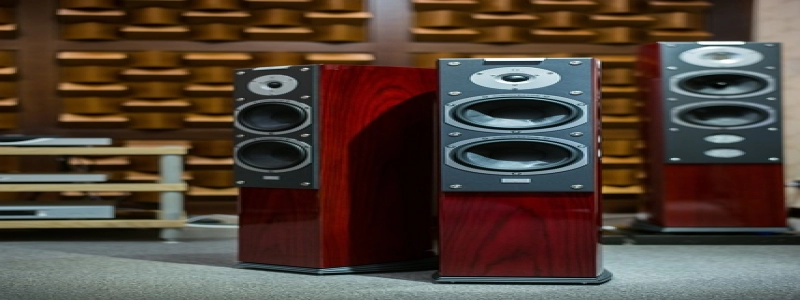Ethernet Cord Lengths
Introduction:
Ethernet cables are essential for connecting devices to a local area network (LAN) or the internet. They come in various lengths to cater to different networking needs. In this article, we will discuss the different lengths of Ethernet cords and their applications.
1. Standard Ethernet Cable Lengths:
The standard Ethernet cable lengths are typically 1, 2, 3, 5, 7, and 10 meters. These lengths are widely available and suitable for most home and office networking purposes. They are ideal for connecting devices in close proximity, such as connecting a computer to a router or a printer to a computer.
2. Longer Ethernet Cable Lengths:
If you need to connect devices over longer distances, you can opt for longer Ethernet cable lengths. These cables are available in lengths of 15, 20, 25, 30, 50, and even 100 meters. Longer Ethernet cables are generally used in larger office spaces, commercial buildings, or data centers where devices are located far apart.
3. Maximum Ethernet Cable Length:
While you can find Ethernet cables in lengths exceeding 100 meters, it is important to note that there is a maximum length for reliable network performance. The maximum length for a single Ethernet cable segment is 100 meters (328 feet). Beyond this length, the signal may degrade, resulting in slower data transfer speeds or even data loss. Hence, it is crucial to consider the distance between devices when planning your network layout.
4. Cable Categories and Length Limitations:
Ethernet cables come in different categories, such as Cat5, Cat6, and Cat7. Each category has different specifications and limitations on length. For example, Cat5 cables are limited to a maximum length of 100 meters for 1000BASE-T (Gigabit Ethernet) connections. On the other hand, Cat6 and Cat7 cables can support longer lengths and higher data transfer rates, making them suitable for more demanding network setups.
5. Considerations for Cable Length:
When deciding on the appropriate Ethernet cable length, consider the following factors:
– Distance: Measure the distance between the devices you need to connect to ensure you choose a suitable length.
– Future-proofing: If you anticipate adding more devices or expanding your network in the future, it may be wise to choose a slightly longer cable.
– Cost: Longer cables are generally more expensive. Therefore, it is essential to strike a balance between cost and functionality.
Conclusion:
Ethernet cord lengths vary to accommodate different networking needs. Standard lengths range from 1 to 10 meters, while longer cables can be as long as 100 meters. It is important to choose the appropriate length based on the distance between devices and consider the cable category for optimal performance. By selecting the right Ethernet cable length, you can ensure smooth and reliable network connectivity for your devices.








